a day in the life...
The sun is up, as is the neighbor's rooster, and sprinkles down in dappled designs through the raffia mats shading the courtyard at Bagatai. You can hear the soft swish-swish of someone's straw broom as she sweeps the octagonal concrete tiles clean as the compound gently percolates into activity. While guests at Bagatai stretch sleepily over Nescafe laced with viscous sweetened condensed milk, the kitchen has already been bustling for hours, the fresh fruit and eggs and perfectly crusty-soft baguettes purchased from the market nearby long before their waking. The sparkly morning idyll is suddenly pierced by the authoritative thwap! of drummers tuning up. Anyone still sleeping is soon compelled to rise as the drums call the dancers of Bagatai to attention. The miscellaneous figures who had dotted the courtyard in cheerful conversation or child's game begin coalesce into a formation of brightly colored fabrics and the palpably rising potential energy of bodies in preparation for movement. The drummers play their pulsating call, the teacher takes their place at a central point of focus, and thus, dance class begins. While we at Nimba were hustling to and fro from the welder to Madina to the roof and back again, the primary regulator of everyone's day was the twice-daily occurrence of the dance classes that make up the backbone of Youssouf Koumbassa's Annual Dance & Drum Workshop, which was held at Bagatai concurrently with Nimba's maiden voyage. Twice a day, for 2 1/2 hours at at a time, the courtyard of Bagatai was transformed into a sweaty mass of rhythmic concentration as 20+ dancers, foreign and local alike, honed their focus towards Youssouf's exquisite brand of Guinea-style West African dance.
watch kakilambe, a mask dance from the baga susu people of boke, here:
It's no wonder that people travel to Conakry from all over the world "just" to dance in Youssouf's workshop. Youssouf has an illustrious background in Guinea West African dance and drum and is a compelling, committed teacher. Throughout the workshop, he seemed to transform his newer students from eager-yet-awkward novices into capable, educated movers and his more advanced level devotees into stunningly expressive, graceful and powerful dancers. Youssouf's workshop is one of the oldest cultural immersion dance intensives in Conakry and this year, 16 dancers came from the United States, Brazil, Holland, Spain and even New Zealand to deepen their technique and knowledge and soak up whatever they could of Youssouf's exquisite grace, deep knowledge and good vibes. The dancers were dogged in their commitment, practicing at all hours and having class wherever they went, from the courtyard at Bagatai to a giant bamboo grove at the base of a waterfall in Kindia to the sandy beaches of Roume Island. Youssouf concerned his classes not only with correct technique, tireless repetition and expressivity; but also prioritized knowing the name of the rhythm, the people to whom it is credited, its traditional purpose, and place of its origin. Take Sorsonet, a complexly syncopated rhythm with a rather showy movement vocabulary from the Baga-Susu people of Boke. After breaking down into meticulous detail core movements from his legacy of ballet-style choreography, Youssouf tells the class that the athletic femininity of the dance steps stem from Sorsonet's importance as part of an initiation ritual for younger women and girls into the passed-down knowledge of their female elders. (Sorsonet, by the way, is also known as a dance for Nimba, who is not only a national symbol of Guinea, but a Baga fertility goddess. You can see a depiction of her on the walls of Bagatai behind the drummers in the Kakilambe video above. Adding another layer of meaning and import, the very word "Guinee" means "woman" or "wife" in Susu.) riding along with "the african cowboy"
Serious as the study of West African dance is, Youssouf is also known for his penchant for fun. He's always impeccably dressed and preferred a particularly charming cowboy hat, purchased in Texas so you know it's the real deal, paired with matching belt buckle and white leather boots.
On breezy evenings (our Guinean friends tended to refer to the 70 degree nights as chilly, remarking "chiin belee" or "il fait froid!) he might walk everybody down to Bar Vietnam, aka The Blue Light Bar, which is essentially a shack of boards on the docks of Nongo with a reliable generator (read: cold beer and Guinean MTV) and a ceiling made of mats somehow stapled together with bottle caps.
There he delighted in buying a round of Cokes or Guiluxe (the Guinean equivalent of Budweiser with a shiny label depicting the flag on each bottle) for everyone, dancing, of course, to all the hits (some of which he recorded himself!) Throughout the workshop, local artists and students danced alongside the newcomers to create a multi-level dance class that culminated in a magnificent performance on a carefully swept dirt floor stage replete with live drums, red gold and green costumes, and luminous smiles. The men danced with painted faces among interludes of narrative scenes, drum solos and even a fire-eater. Salyea, who was normally our soft-spoken and smiley local master teacher, danced in a headdress and masculine splendor while flames licked across his glistening arms until he swallowed the fire in huge, seemingly palatable, gulps. Two dancers from the workshop swayed across the stage with calabashes of water atop their heads in a dramatic scene of bringing water to a thirsty man, later dancing to a fever pitch in time with with the batterie of drummers. After the show, the sweaty, sun-kissed performers drank cold Fantas and Cokes and danced with their audience and scores of neighborhood kids until it was time to sleep, rise in the morning and start all over again.
Hope you enjoyed the read, and stay tuned for more trip stories from Nimba!
After changing a few light bulbs and settling in at Bagatai, the Nimba crew set about preparing for the lion's share of our mission: installing the solar array. Little did we suspect the myriad of adventures Conakry had in store for us. Tasks formerly considered mundane became epic romps that took us to every crevice of the city. Gotta love Africa!
The Welder Both rooftops at Bagatai offer ideal conditions for solar panels - southward-facing, full sun, no obstructions. However, both roofs are flat and the panels needed to be at a slight angle to optimize energy production. Our first assignment: Find a welder and have a mounting rack constructed for the panels.
Luckily, Youssouf had a lead on a welder in the neighborhood, so we pulled together a group of folks with various skills and language abilities with the hope that between all of us we could convey what we needed. Our little posse ambled down the road to Nongo Center, where, after weaving through a series of back alleys, peppered with squawking chickens and cooking fires, and trailed by a increasingly large number of giggling children, we found the welder's workshop in a quiet corner under a shade tree.
A long and meticulous conference ensued between our group and the welder's group, involving numerous sketches and a lot of back and forth over measurements. Finally, the unassuming (and, as we found out later, brilliantly efficient) welder seemed to understand our project and told us to come back the next afternoon to pick up the rack. OK, task completed and out of our hands, but would it work? Did the welder really understand our scribbled drawings and mixture of bad French and piecemeal Susu? What would we be picking up tomorrow? We passed away the rest of the day with faint unease. When we returned the next day, the rack was waiting, and while welded steel does not, as a general rule, twinkle and gleam, the completed rack stood under a tree glittering and perfect - exactly what we needed!
Thanks to our new friend Lamenie, getting the rack back to Bagatai and up on the roof was a breeze. As he strong-armed the whole operation, he regaled us with tales of R&B recording artist, Akon. Lamenie happens to be Akon's personal bodyguard whenever he is in town. Another trusty Guinean counterpart, El Hadj, helped us secure the rack to the roof with wire and bolts. This rack was not going anywhere. As a final measure, we wrapped the bottom with strips of rubber bicycle tubing to insulate the metal. El Hadj worked with Nimba throughout the entire solar project, receiving crash-course training in electricity as well as solar installation and maintenance. A coffee aficionado, he also knows every great espresso joint in Conakry, which, for Nimba, was almost as important as the solar install. Nuts and Bolts While you may come to Guinea thinking you are ready for anything, it simply is not possible to fully anticipate the grandeur of chaos that is Conakry. First, there’s the traffic, which makes gridlock in New York appear orderly and docile. A road considered wide enough for two cars in some other town is a Conakry speedway in which four cars are squeezed within an eyelash’s distance of each other, give or take a motorcycle. A nighttime taxi ride through Conakry can call to mind the more vivid scenes of Road Warrior. The cacophony of horns and complicated hand signals make up for the city's absence of traffic lights and well, rules of the road. (Reality check: no traffic lights, really? Look both ways before you cross the street, at least twice.)
Seriously, anything goes. Sidewalks? Ha. Pedestrians - including the relatively large number of people out for a stroll with their goats - walk in the street wherever they can fit, occasionally jumping out of the way to avoid a rogue taxi. Enterprising folks opt for walking between cars peddling plastic bags of water, phone cards or snacks to frustrated drivers.
Enter Marché Madina – Conakry’s largest market, and one of the busiest in West Africa. Pretty much everything is here from dubious-looking liquids in glass bottles to fine imported cloth to old typewriter parts. If I were, say, an odd-sized bolt or perhaps a lead-acid battery, this is definitely where I would be. And a good thing, too, because it so happened that the Nimba crew, amid hectic pre-trip packing, mislaid 8 bolts critical to installing the panels (the old "I thought you had them" story). But the search for bolts in Madina is no trip to Home Depot. Once again, we needed a team of expert guides to get the job done. For three days, El Hadj and Lamenie patiently scoured countless boxes of hardware in market stall after market stall, only to come home empty-handed.
On day four, our slightly dejected but hardworking group headed out, steeling ourselves to confront Madina one more time, when Mohamed, our quiet and skillful driver, who could put any NYC cabbie to shame, abruptly pulls over on the shoulder of the highway, making cryptic hand signals. Several young men materialize and Mohamed sends them off to scout for bolts.
After biding our time in the car buying bootleg CDs and whatever else passed by the window, the scouts returned bearing the right bolts. Success! Elated, we decided to venture into Madina anyway to purchase the last essential component for the install - lead acid batteries to store the energy produced by the panels, thus providing electricity at night.
Batteries are bigger and more expensive than bolts, so our search was short and painless. After locating the lead acid batteries and a few other odds and ends, deep in Madina at a combination battery and Persian rug shop, Mohamed and El Hadj, engaged in the delicate and time-consuming art of price negotiation, a ritual that any African market transaction is incomplete without. For bigger ticket items, like the batteries, negotiations can consist of anywhere from 2-10 people and in this case, it was a little unclear, just whose side of the transaction some of the participants represented. In the end, not only did Mohamed and El Hadj secure a good price, but we got a few cadeaux thrown in to boot. Hurray for Nimba's talented and newest team members!
Mounting rack? Check. Bolts? Check. Batteries? Check. Next up? Installing the panels.
Well, so much for blogging from Guinea, everyone... Between the dance workshop, energy classes, solar panel install work, Bentouryah site assessment, and general research, we here at Nimba definitely had our hands full! But handling the curve balls Guinea throws us - like three weeks with zero grid power, generator outages at the molasses-slow cyber cafes - is just another part of our information-gathering efforts, and learning the ropes of getting things done in Guinea. As with many other previously unknown aspects of our work there, now we know what to expect when it comes to internet, and how to handle it (laptops outfitted with the West African version of Aircards - perfect!)
Anyway, now that we're back stateside, we want to fill everyone in on our first Guinea-based endeavors in a series of post-trip blog posts, replete with beautiful photos and the (somewhat) succinct thoroughness of hindsight. We look forward to your comments and hope you enjoy the read!
bagatai is beautiful
Welcome to Bagatai, home to Youssouf Koumbassa's Annual Dance & Drum Workshop, a year-round artist-in-residence compound, and our headquarters in Conakry. Situated in Nongo, a quiet fishing area on the outskirts of Conakry, the compound consists of two houses connected by a concrete-tiled courtyard/common space used for dance classes decorated with colorful painted murals depicting Youssouf, the Baga fertility goddess Nimba, Che Guevara, and Mama Africa; an apple tree above the cool clear well; three breezy balconies, two rooftops; an outdoor kitchen from which all our fresh, delicious, communally-eaten meals come; a couple dozen drums, one television, thirteen ceiling fans, five children, two monkeys, and one dog, Kobi.
Just like the scores of dancers, drummers, local elders, water-sharers, visitors, family and friends who frequent Bagatai - we love it there. Communal living shapes life at Bagatai, which makes many of those who stay there feel something like family to the predominantly Koumbassa clan, who live there year-round and take wonderfully good care of their guests. Between the workshop last May 2011 and again this December, it was great to see the toddlers get taller and smarter, squeeze the babies who had been inside big round bellies back in the spring, help friends with the washing, be trusted to haul water from the well, and catch up on all the stories of anyone collectively known. One morning early on in the trip, in excited whispers as we took the first sips of our coffee, we were beckoned across the courtyard to a quiet room at the back of the family abode where Mamata, the lady of the house, lay with her brand-new baby boy, born a few hours earlier at the hospital. (Mamata, we might add, had last been seen just the day before, carrying buckets of water atop her head, gliding as gracefully as can be for someone 9 months pregnant to and fro across the compound - business as usual.) Annie had the pleasure of holding the little guy even before his eyes opened, and we would all attend his naming ceremony a few weeks later, when, with all the proper formalities of declarations, gifts of money, a small doundounba, and juice and cookies, he became Ousmane Koumbassa. Mazel Tov!
a bright idea
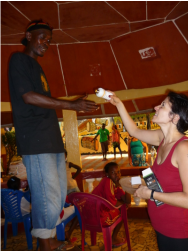 Before we got started on anything else, Fronsy with the help of Ibrahim, switched 25 of Bagatai's light bulbs to CFLs, thereby reducing the total electrical load by 1,000 watts and providing an energy and cost-effective alternative to regular light bulbs. The CFLs were purchased locally and each bulb has a lifespan of approximately 15,000 hours, which is 15 times longer than a regular incandescent bulb.
The energy savings of the CFLs had immediate benefits for the solar panels, and their cost effectiveness will have long term savings. The super-bright light of the CFLs is perfect for illuminating once-dark stairwells and common areas for both safety and security. For this and more bright ideas from Bagatai, stay tuned!
|
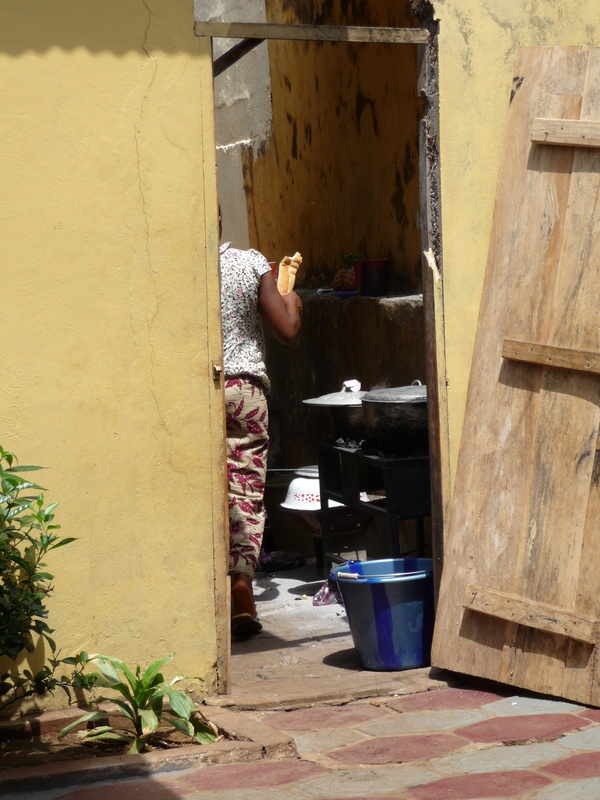
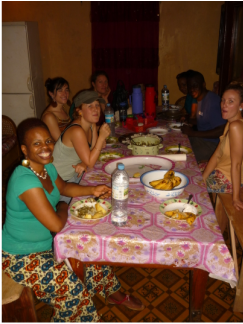
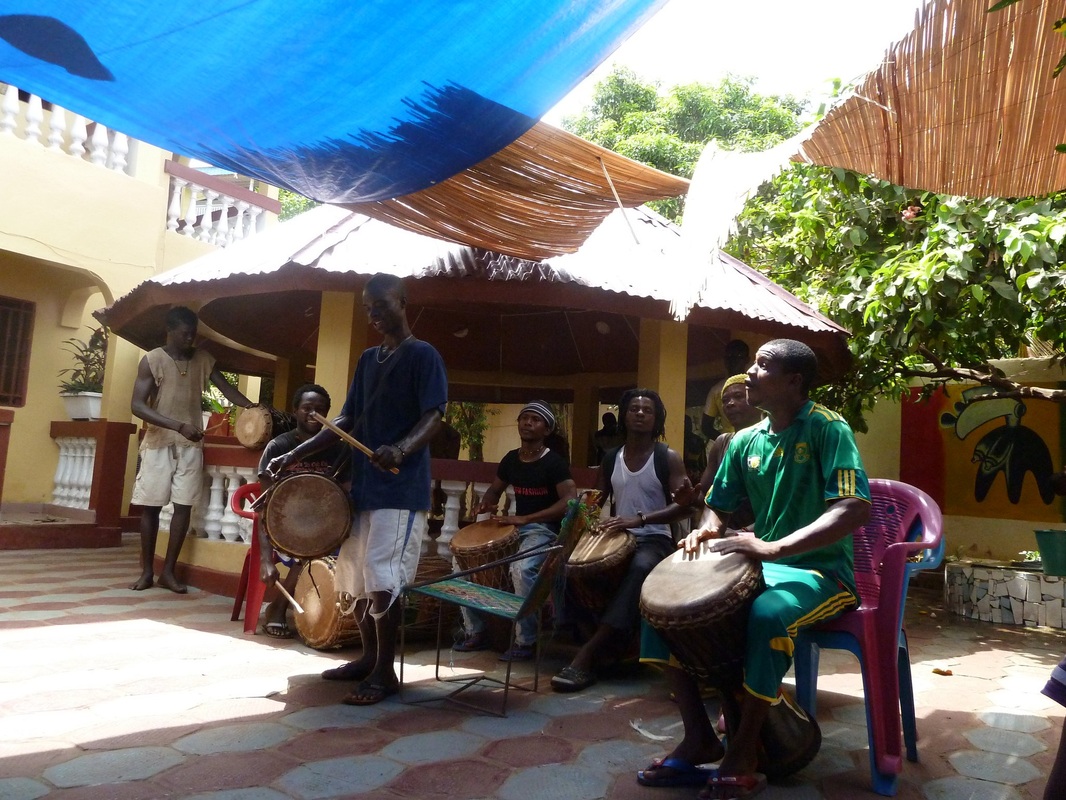
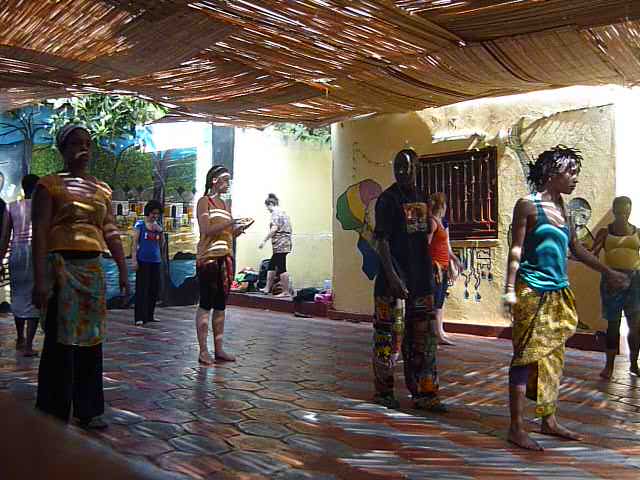
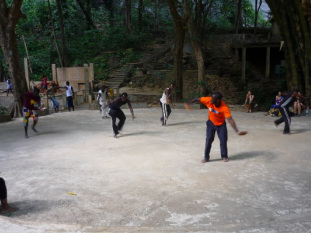
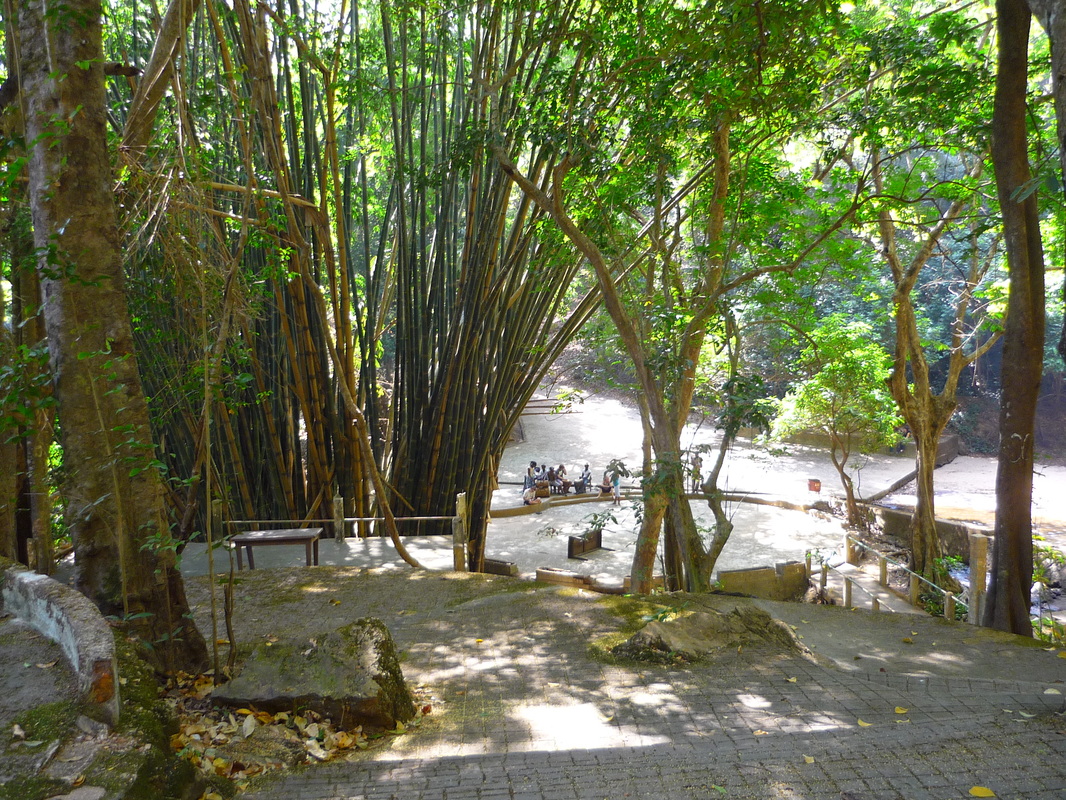
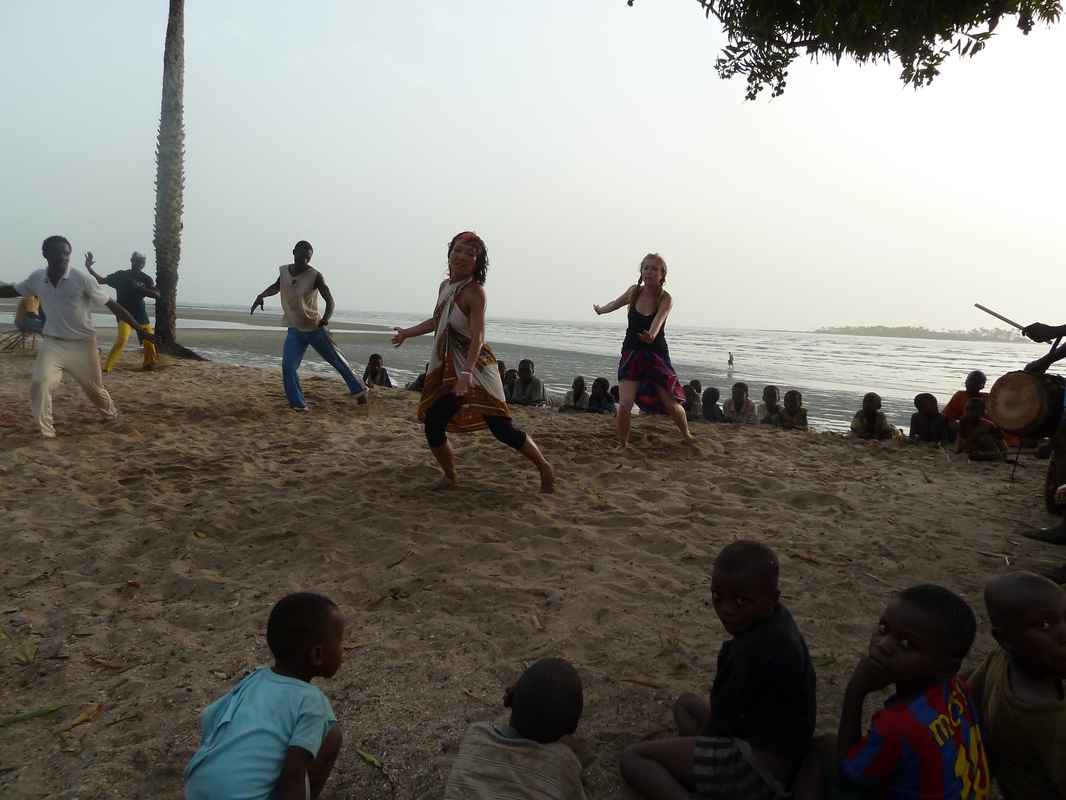
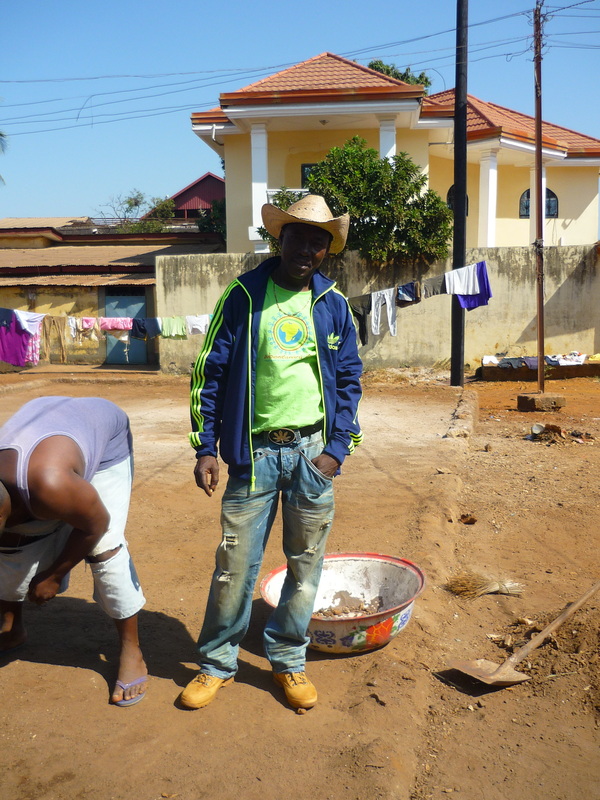
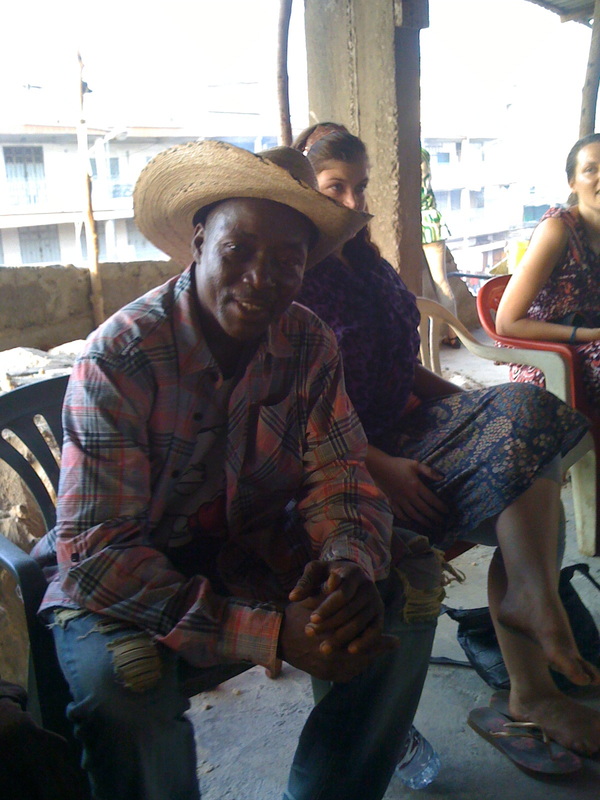
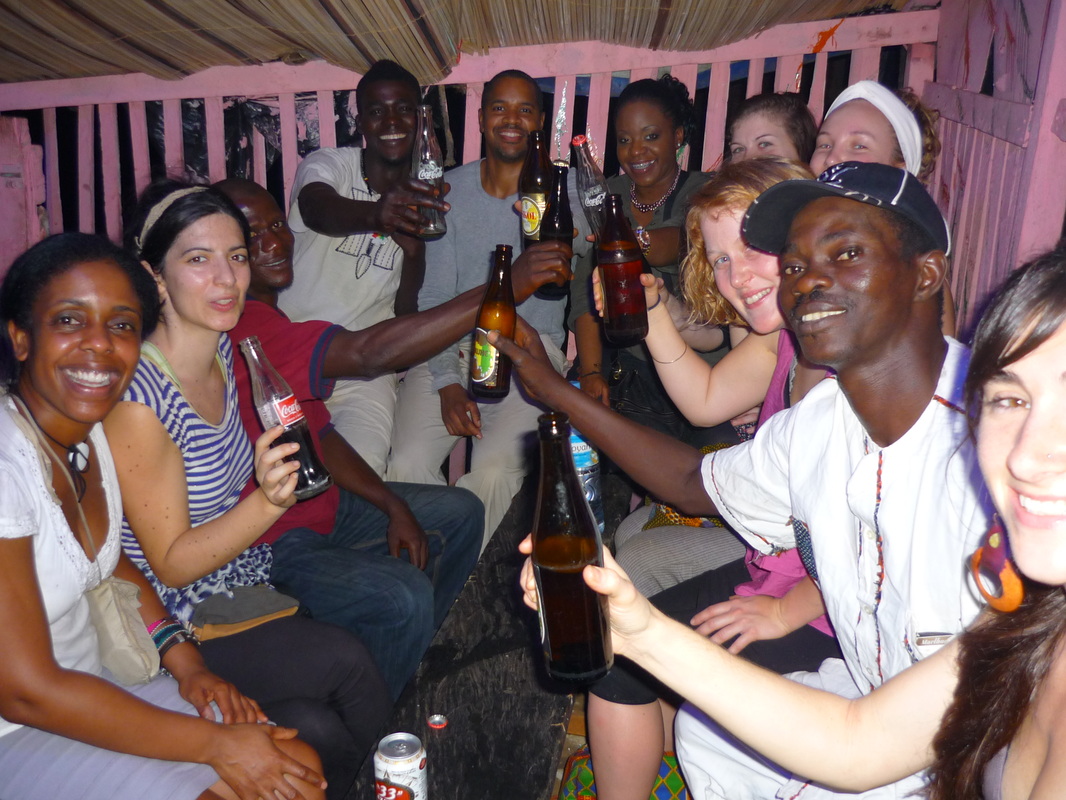
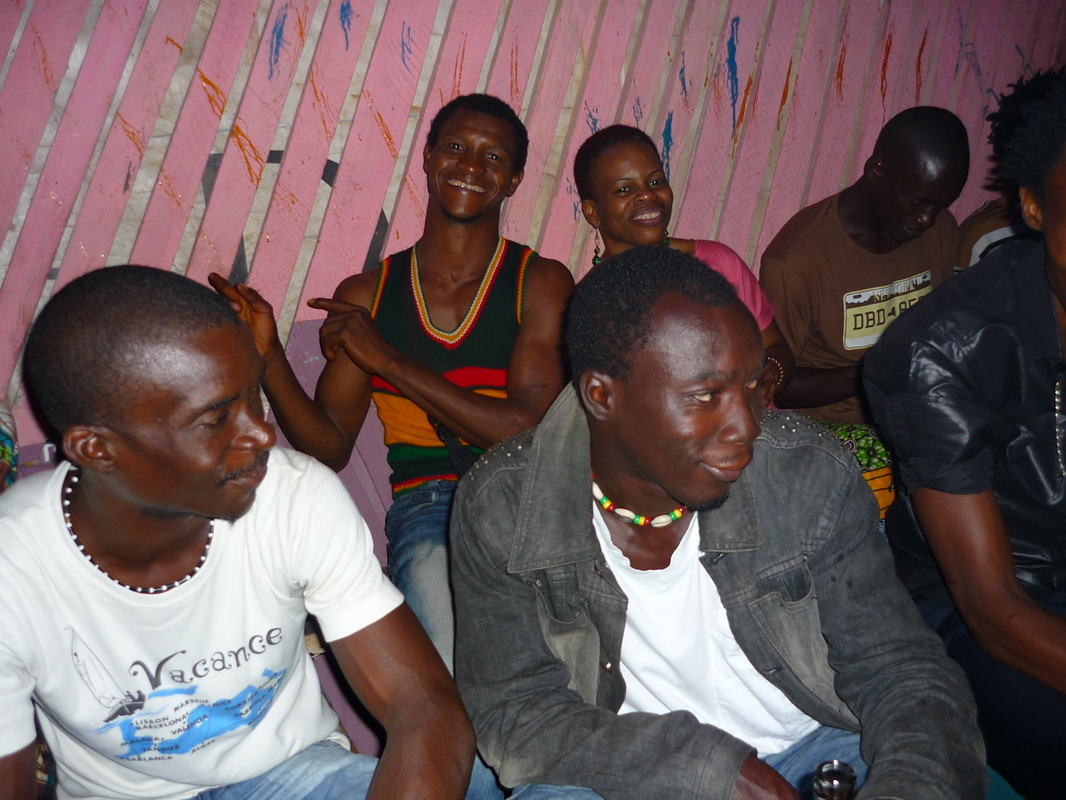
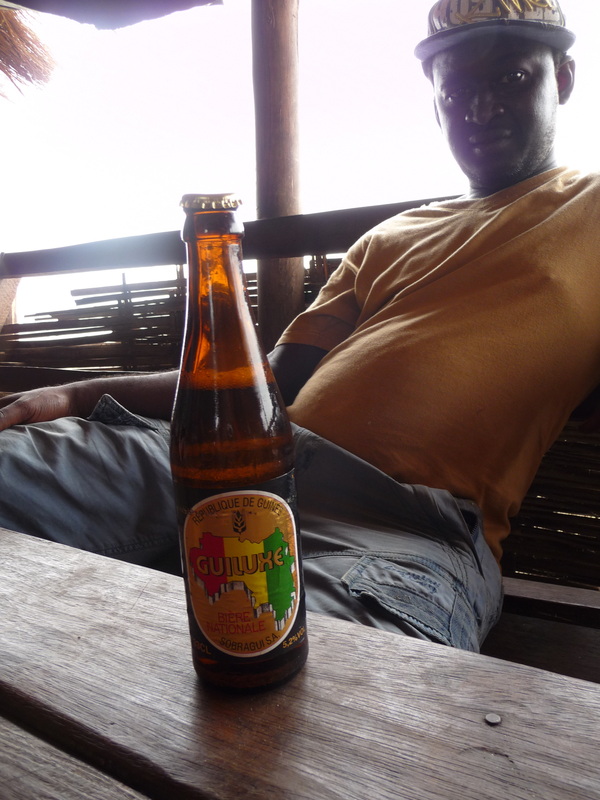
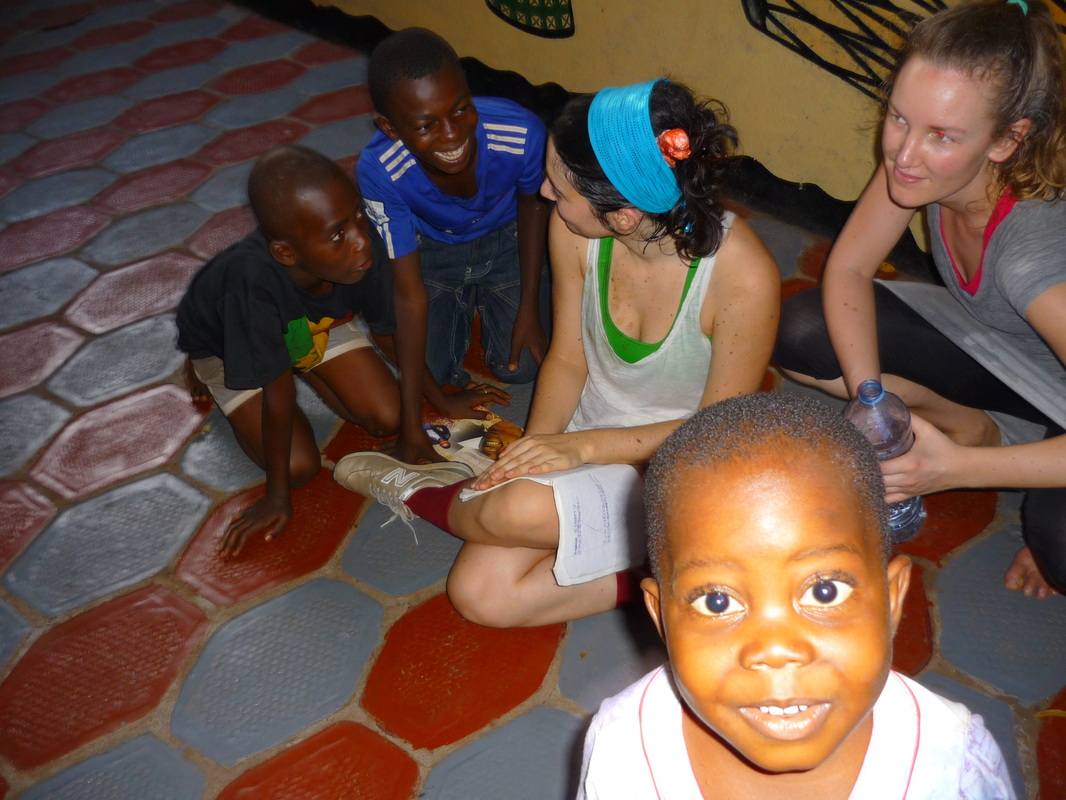
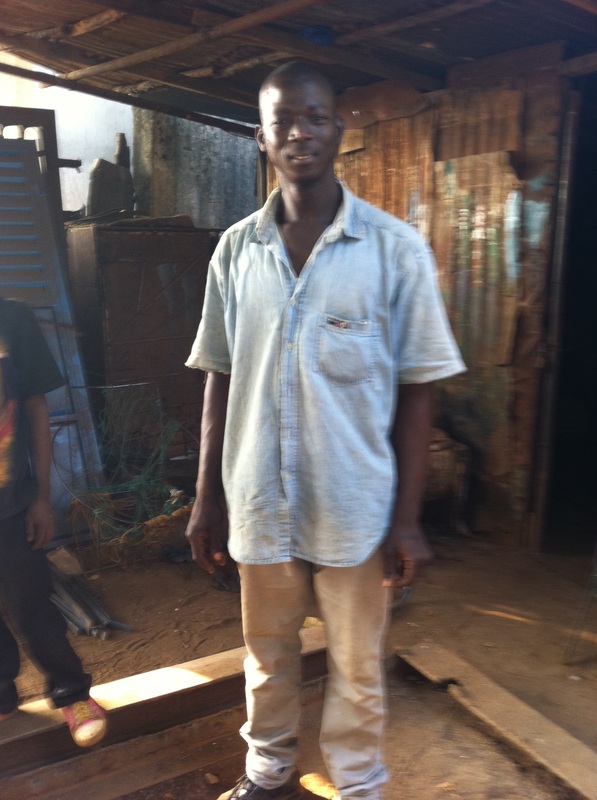
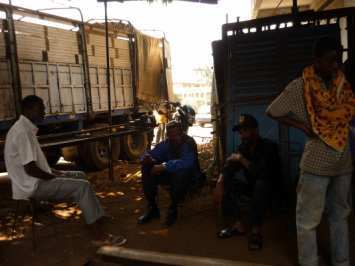
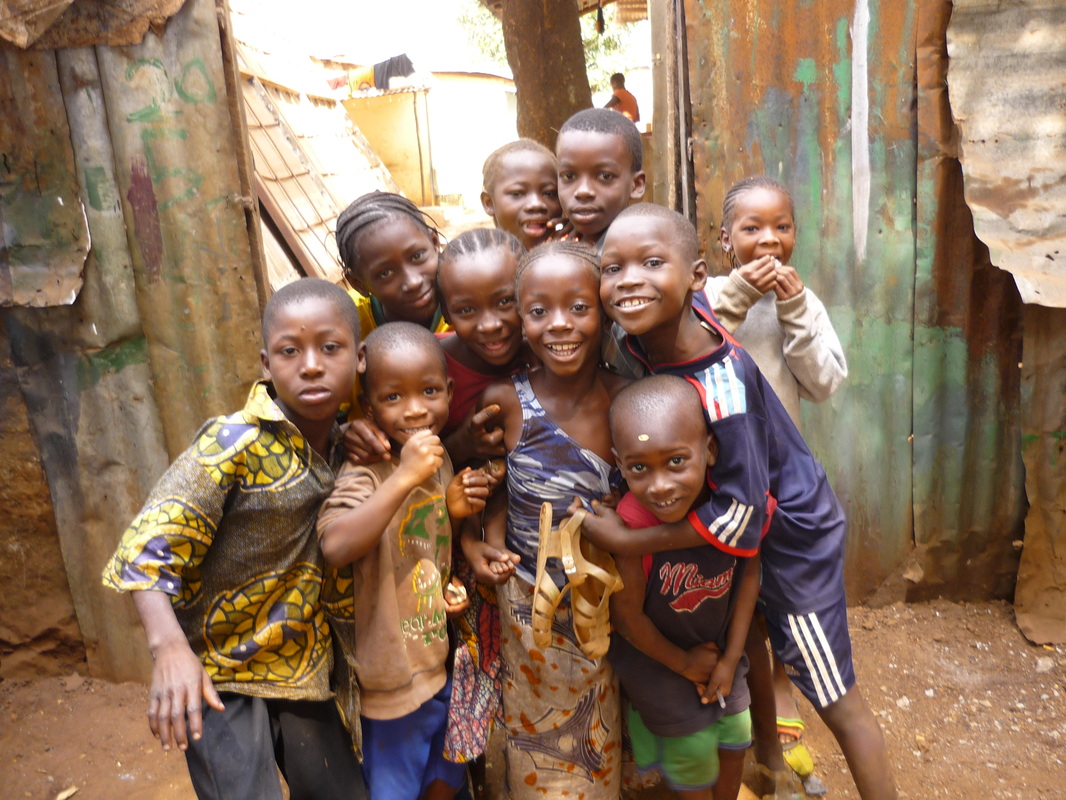
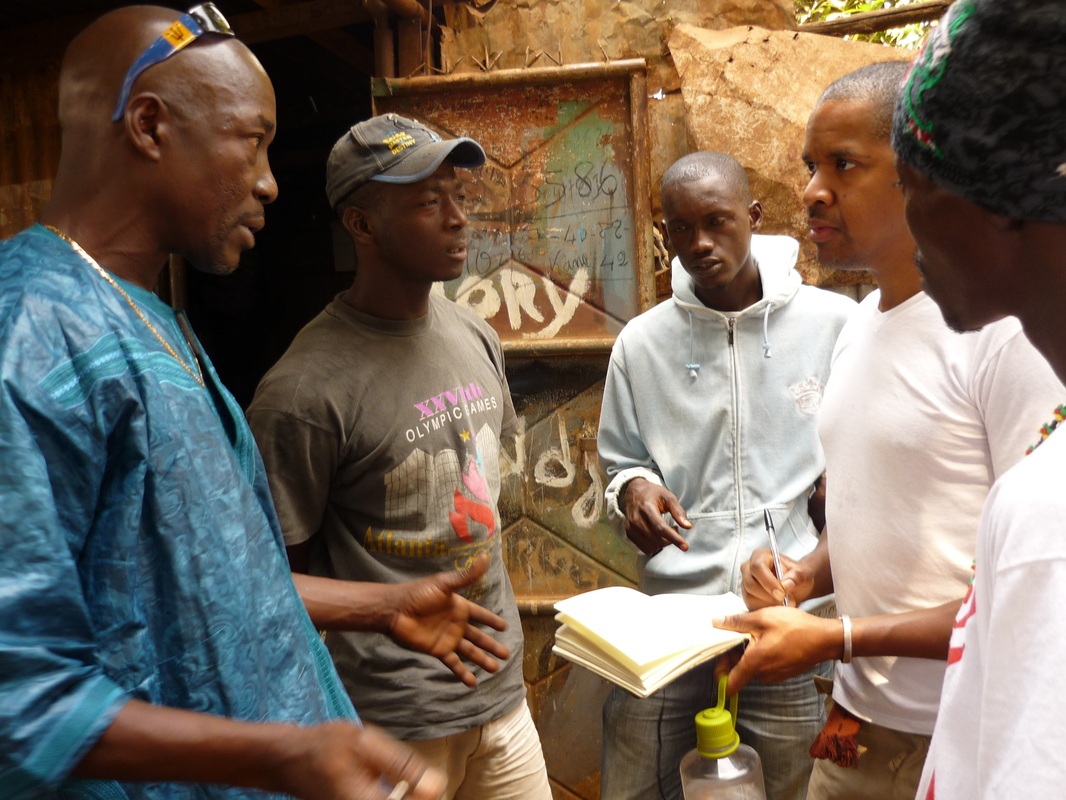
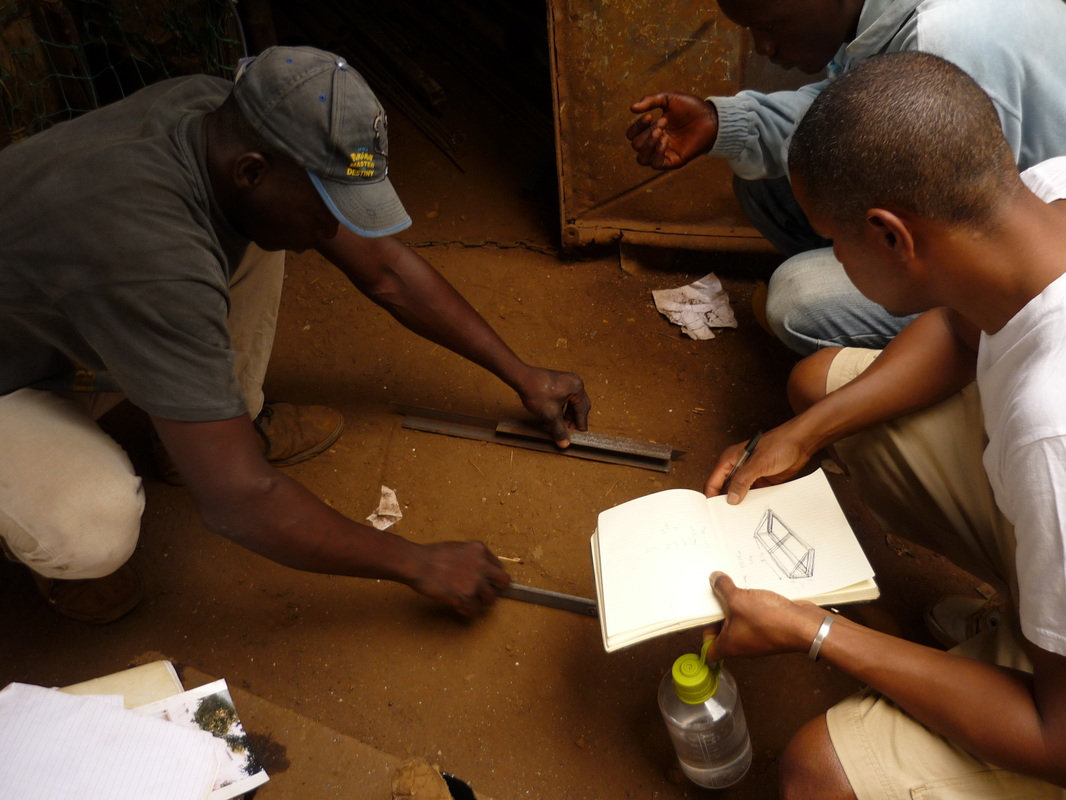
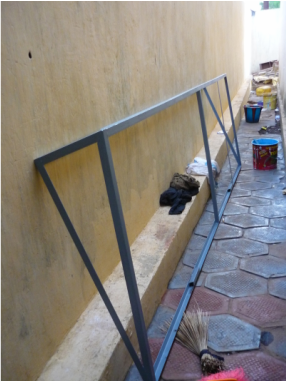
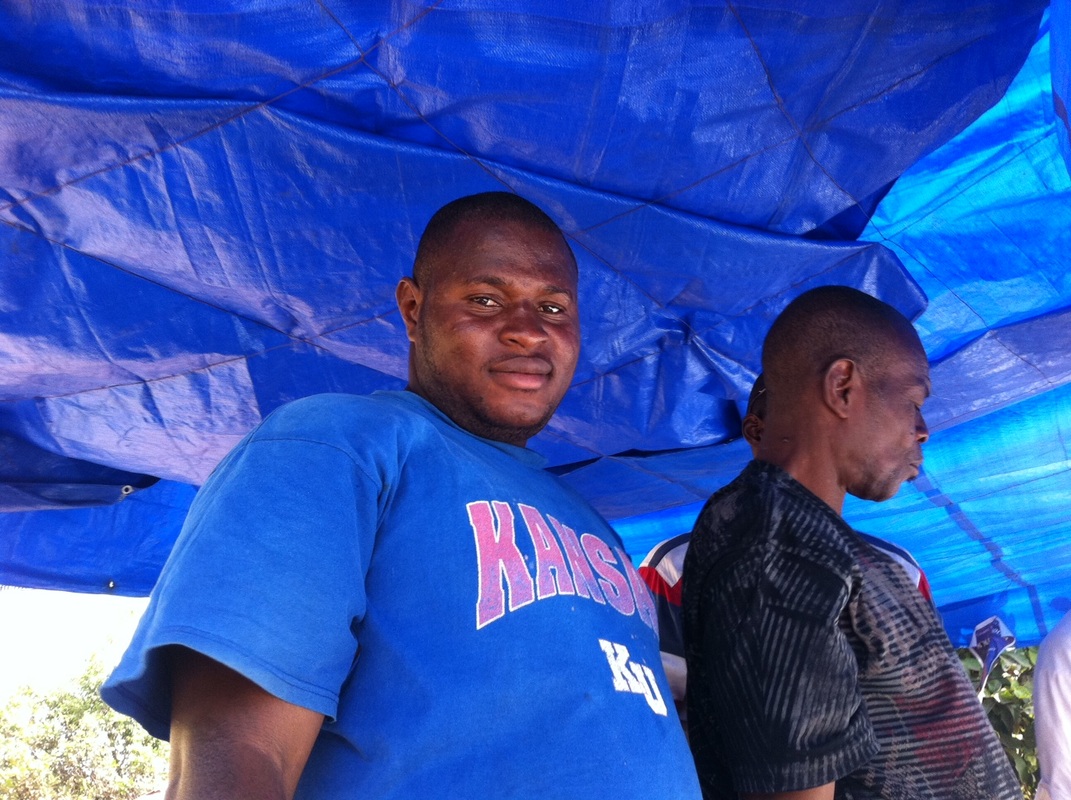
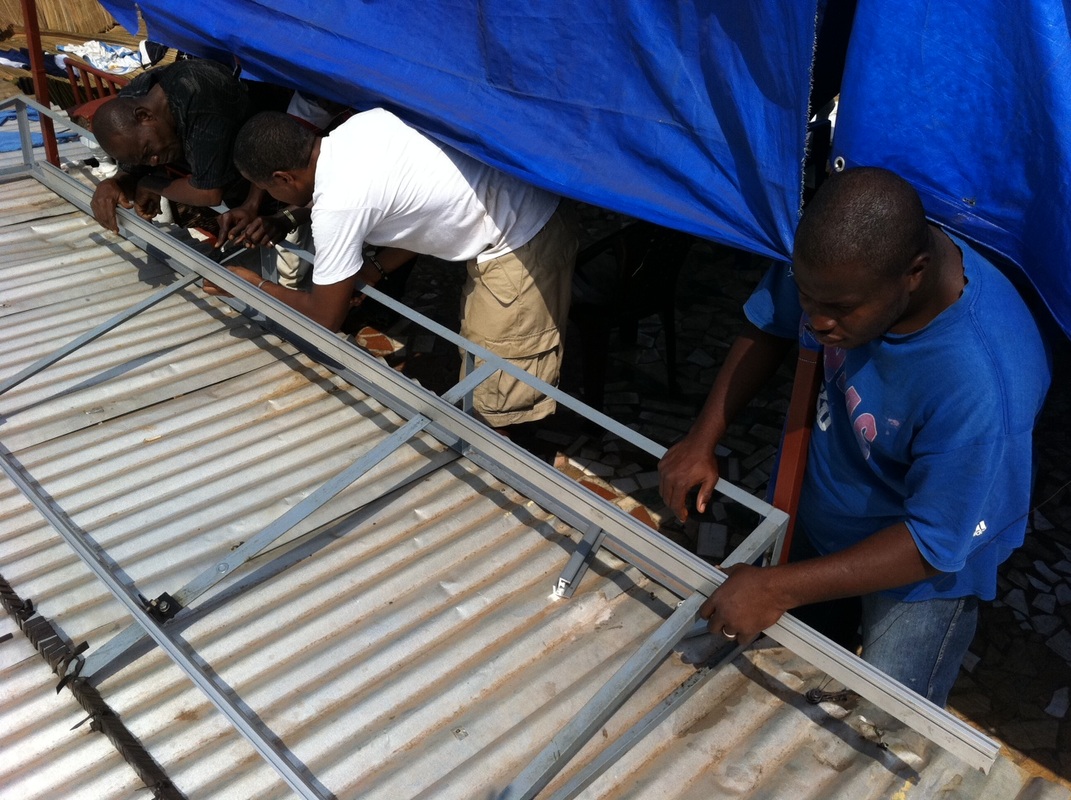
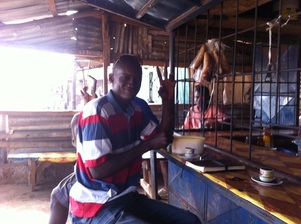
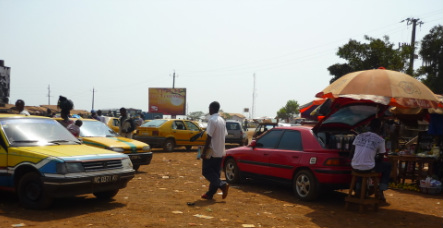
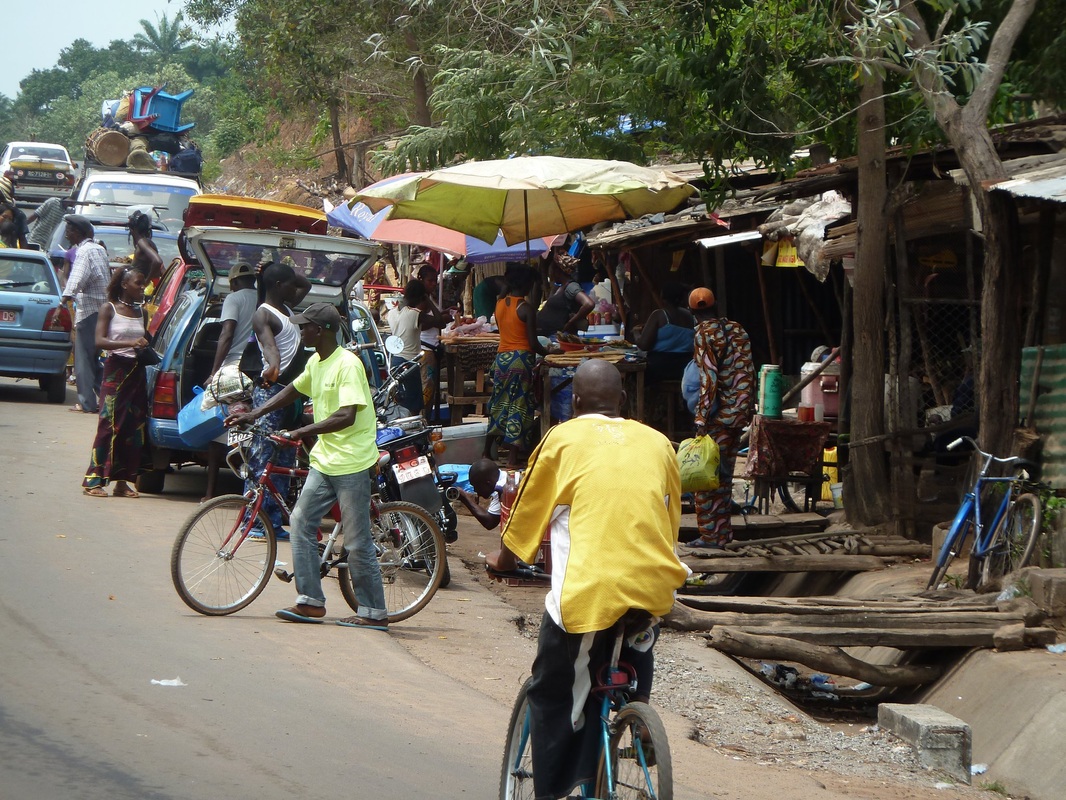
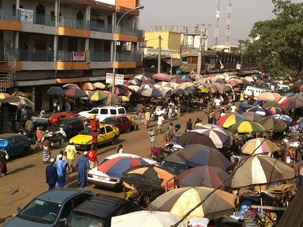
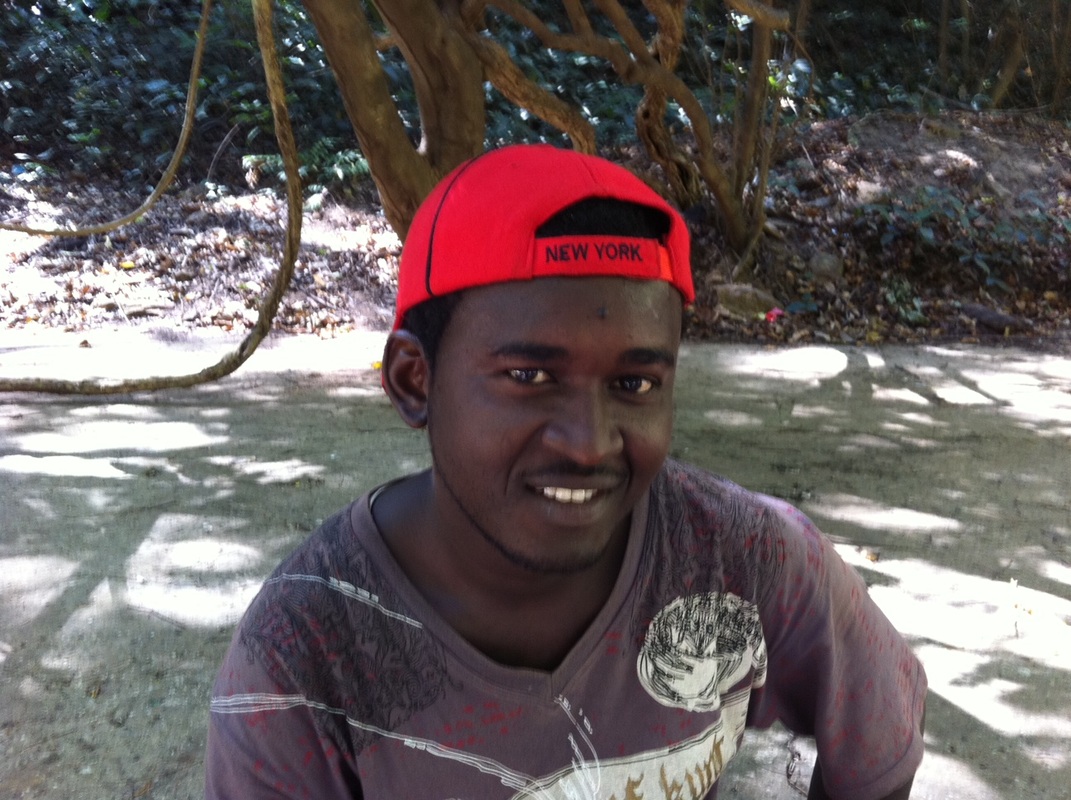
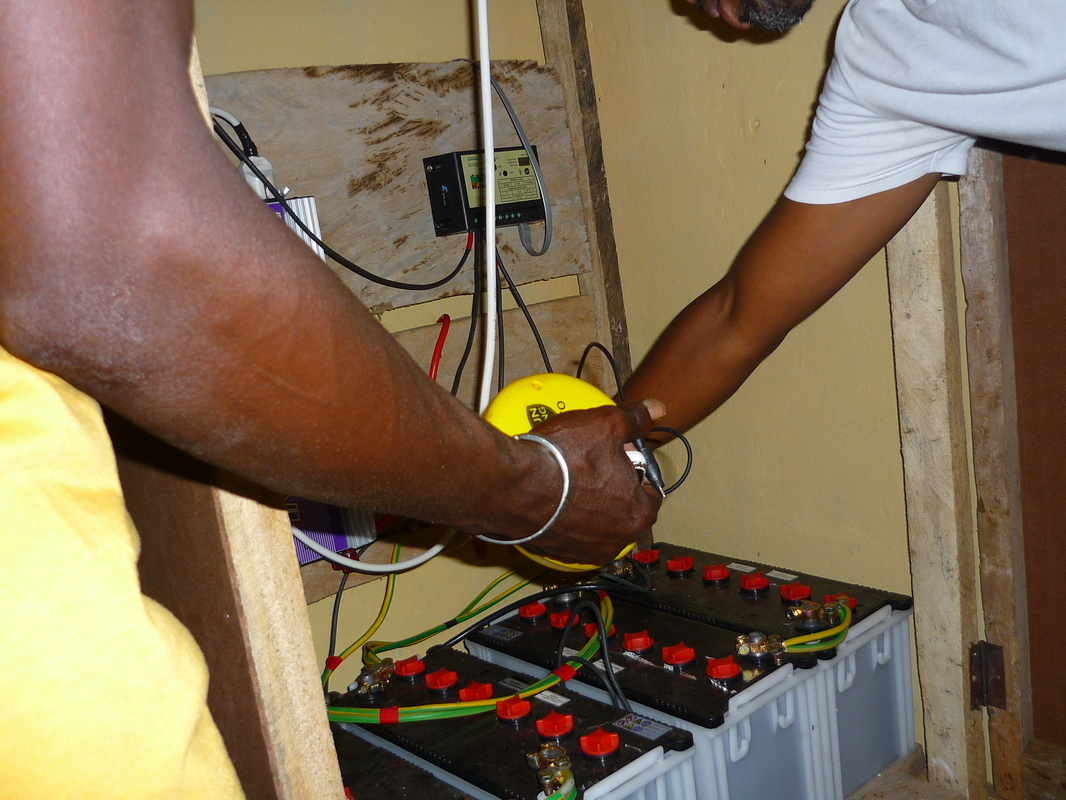
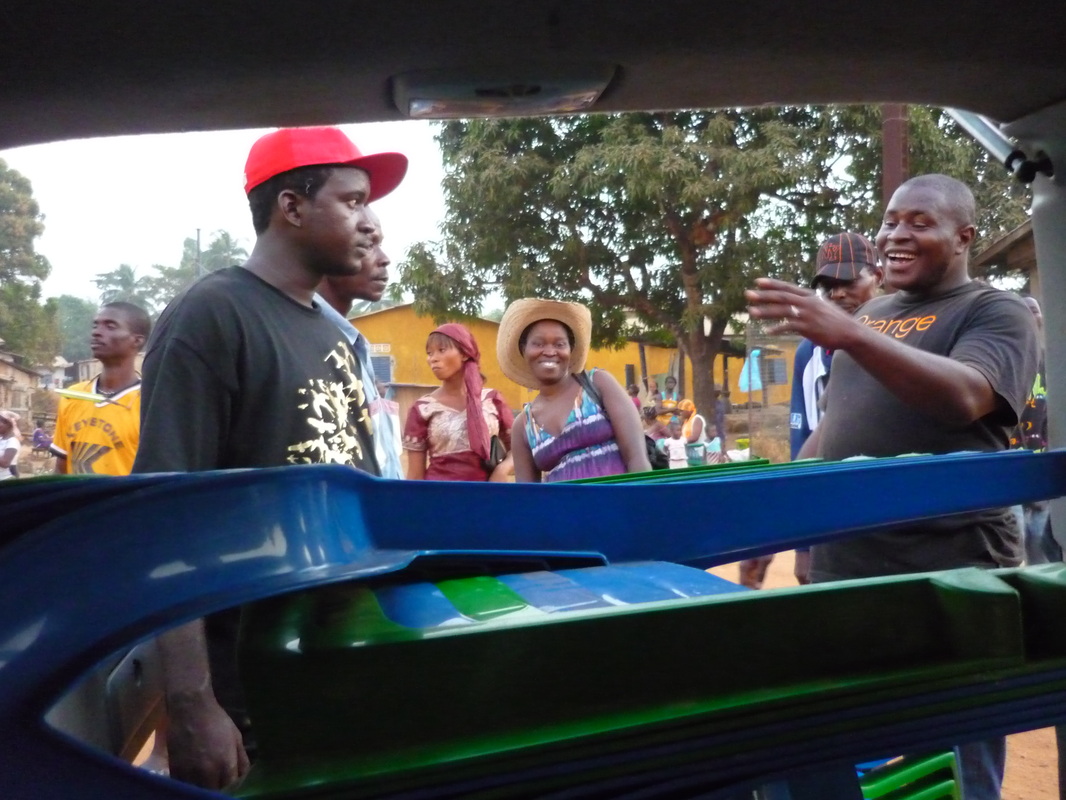
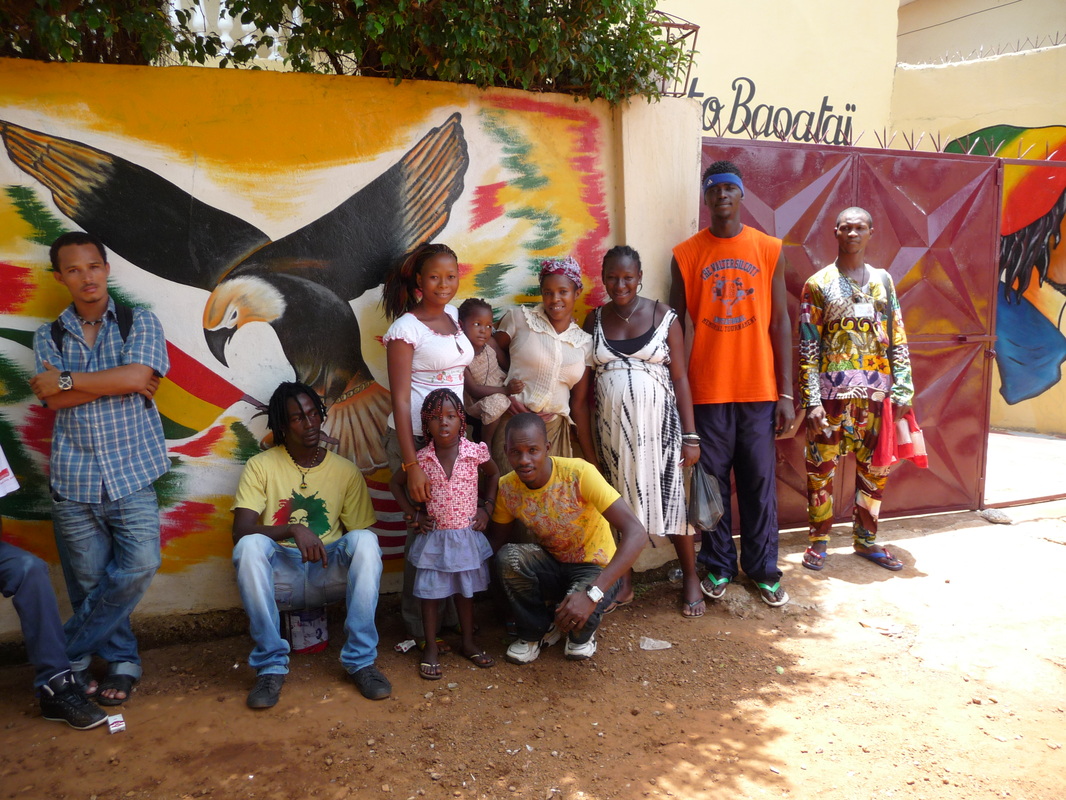
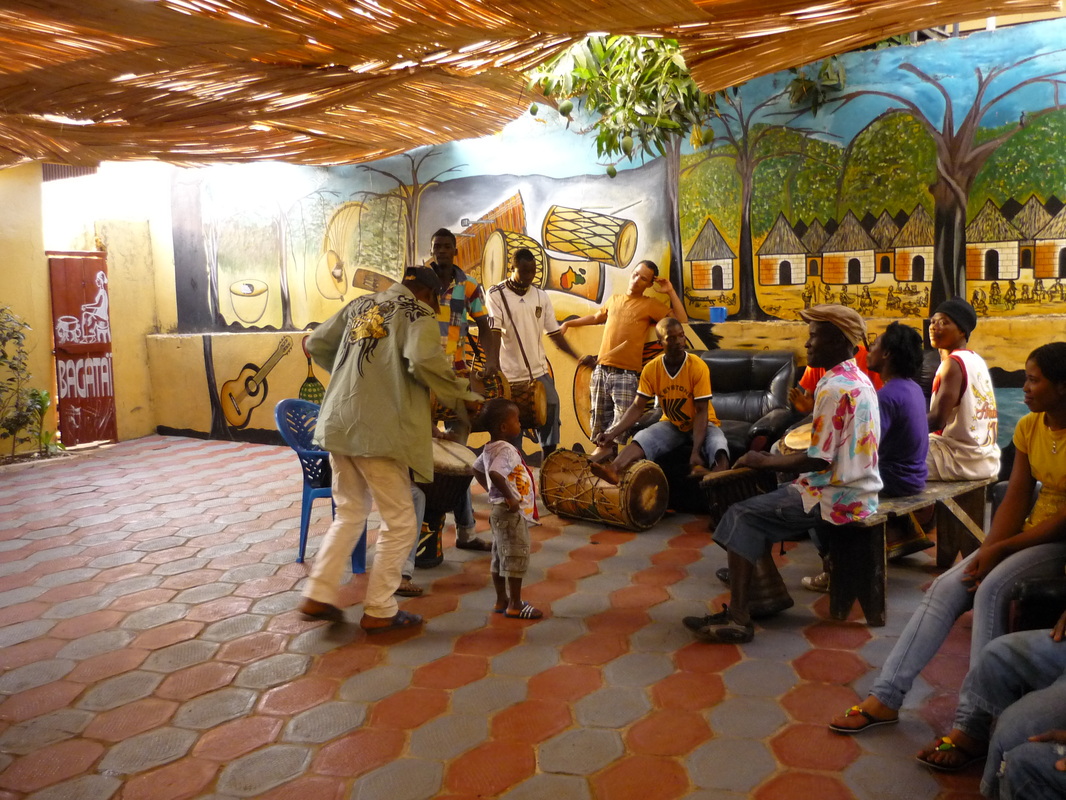

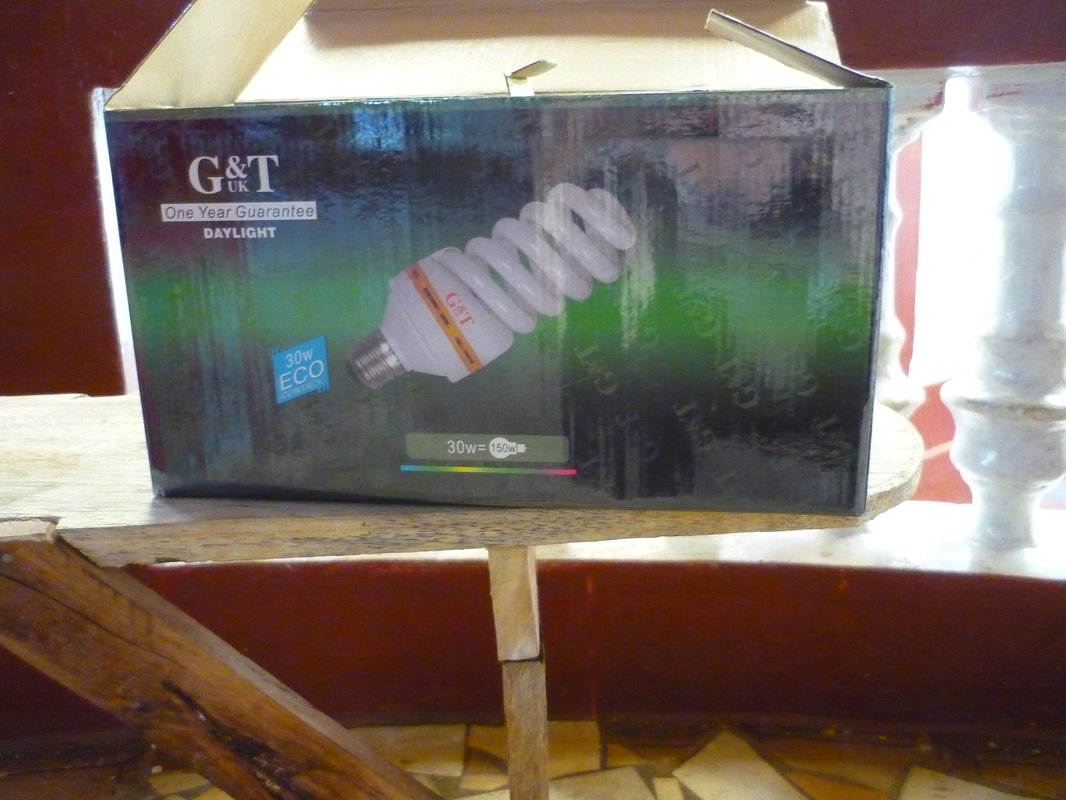
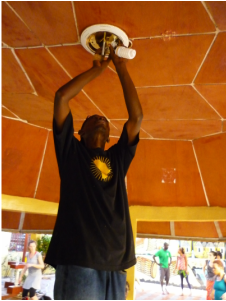

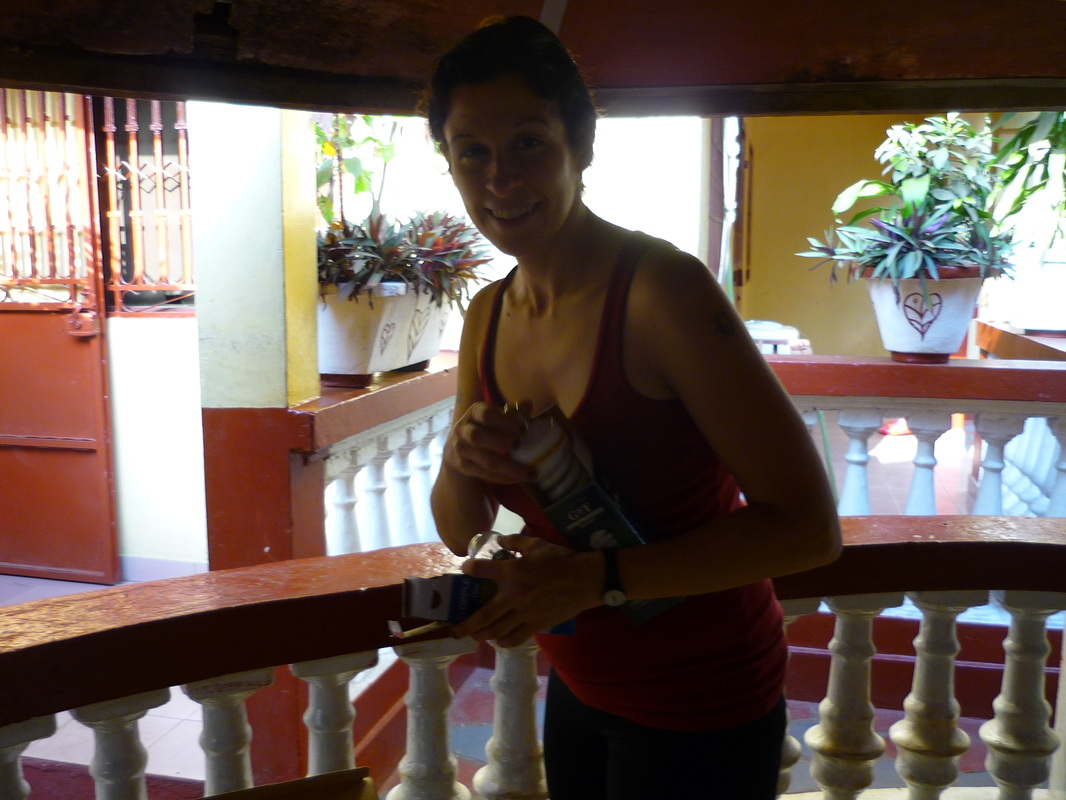
 RSS Feed
RSS Feed